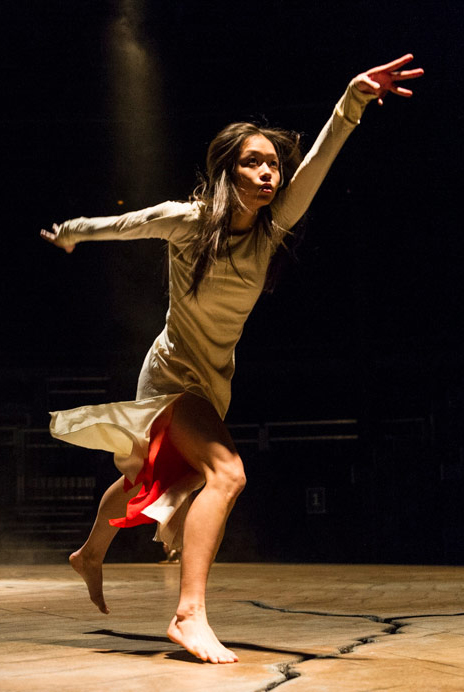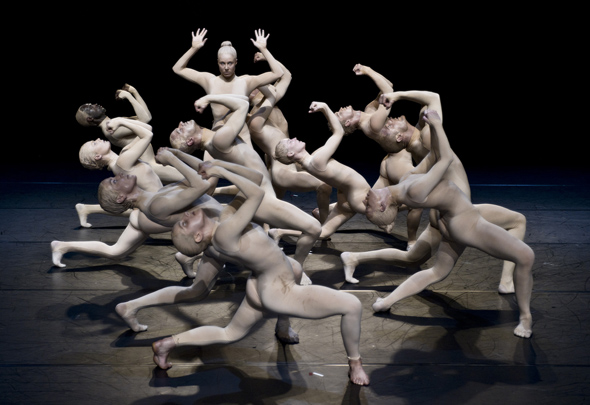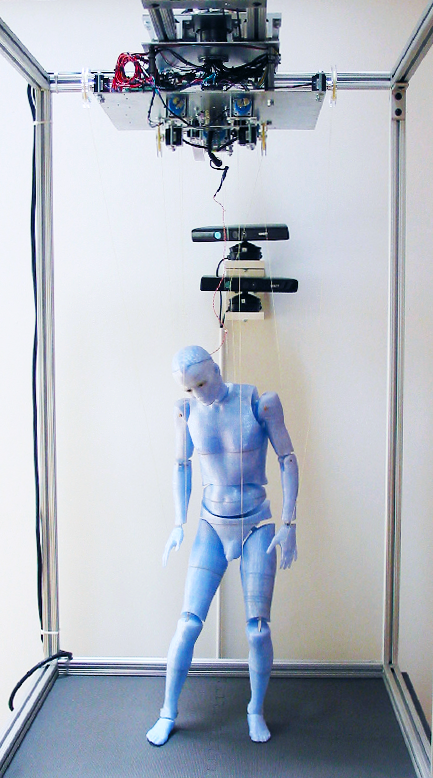
Akram Khan
Until the Lions
In this partial adaptation of poet Karthika Naïr’s book Until the Lions: Echoes from the Mahabharata, an original reworking of the epic Mahabharata, Khan uses kathak and contemporary dance to tell the tale of Amba, a princess abducted on her wedding day and stripped of her honour, who invokes the gods to seek revenge. In an epic theatrical piece, Khan explores the notion and the physical expression of gender, bringing together some of the stellar artistic team behind his solo DESH: writer Karthika Naïr, visual artist Tim Yip, lighting designer Michael Hulls and dramaturg Ruth Little.






